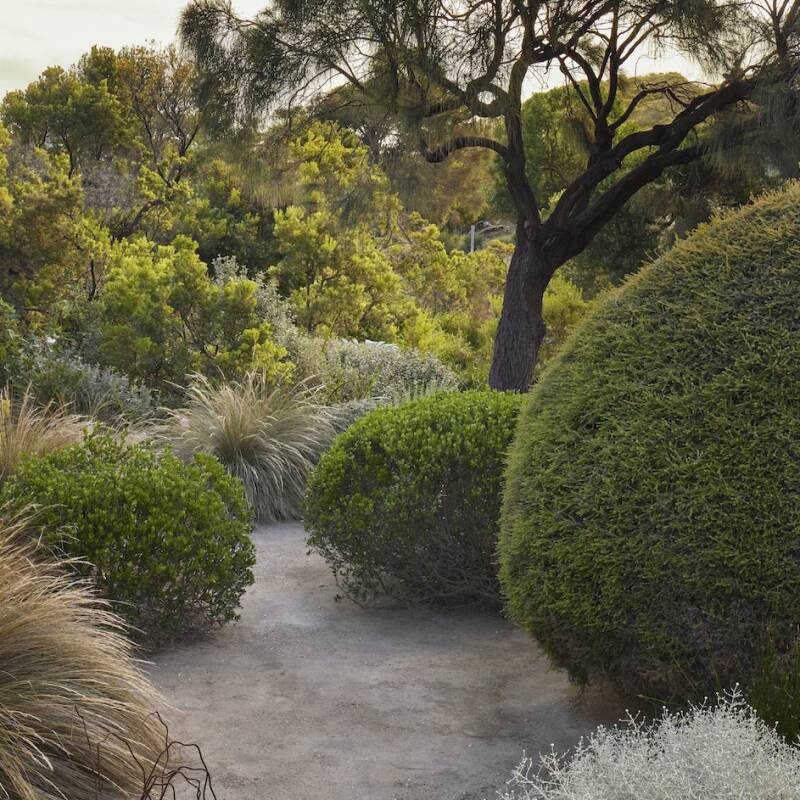While I definitely don’t consider myself a trendsetter—or even a person who follows trends—my interest is always piqued when I learn of new gardening approaches and tricks. Here, I’ve rounded up a few of my favorites that I plan to try this coming year. (And if you’re ahead of the game and have already given these a go, let us know how it went in the Comments.)
1. Lay seaweed down to repel snails and slugs.

Liquid seaweed is a well-known wonderful organic fertilizer, but how about whole seaweed as pest control? Researchers are experimenting with seaweed to fight various plant invaders, and so are gardeners. Some claim that this briny treasure from the sea works as an excellent snail and slug repellent. Plus, it benefits the soil with ready-to-use trace minerals and helps block out weeds—and it’s free if you live near a beach! The theory goes like this: Since seaweed holds a lot of salt, it will repel slugs and snails, which detest salt. Furthermore, when seaweed dries it becomes crackly and crisp, which soft-bodied slugs and snails also dislike.
I plan to gather some fresh seaweed and use it like a wet mulch around vulnerable plants, or place it around the perimeter of a garden bed. The recommendation is to layer it about 4-inches-high because it will shrink as it dries. If you’re planning to give this a try, I’d suggest keeping the seaweed away from stems and leaves (as they don’t enjoy the salt either) and collect only the seaweed you need (as seaweed provides shelter and food for various marine life).
2. Add edimentals to the garden.

As you probably guessed, this is the joining of the words edible and ornamental, the idea being that a plant can be both tasty and decorative at the same time. As someone who loves to multitask, I’m drawn to plants that adopt the same behavior. Edimentals can be annuals, perennials, trees, or shrubs. Looking closer, options include edible leaves, berries, fruits, roots, or flowers.
What I appreciate about edimentals is that harvesting becomes more like foraging as the plants are dispersed around a garden instead of living in a designated patch or bed. The other positive aspect is that most edimentals also attract pollinators. Here are some plants I will add this year: Artichokes for their bold architectural leaves, perennial herbs like chives (which have charming pink flower heads), and Nasturiums whose flowers can be tossed in salads.
3. Crack an egg into a planting hole.

This idea came from a client of mine who swears by this technique, an old trick that has been passed down for generations of gardeners. I knew about adding crushed egg shells to compost bins and as a topdressing, but this method—in which you add a whole, unbroken raw egg to the bottom of your planting hole—is new to me. My client found that when she did this in a few pots, she discovered the egg-filled pots looked greener and grew larger than the egg-less pots (her controls).
This form of direct composting theoretically results in boosted soil nutrients, especially calcium and beneficial mycorrhizea. Some other sources say that buried eggs are excellent for tomatoes to prevent blossom end rot. I understand that this technique is not a quick solution as the decomposition process needs time to occur and that I could be encouraging raccoons or other curious creatures to investigate if they detect an odor, but I am willing to try. (Side note: As someone who is mildly allergic to eggs, I don’t feel bad repurposing them for the betterment of plants.)
4. Make a bug snug.

A bug snug is a crafted structure that provides winter shelter for insects and other creatures. Why is it also useful? Well, it uses leftover garden materials that you might already have after a serious fall pruning session, plus it seems like a great project to do with kids. First, gather three bamboo canes or other strong, straight long sticks. Next secure the poles with sturdy twine and gently wedge the poles into the ground. Now collect garden cuttings and fresh lawn clippings (native or non native) and layer your materials up to the top. Your bug snug can be any size to fit your garden space. For a great tutorial, head over to OmVed Garden’s Instagram account.
5. Paint your nature walks.

While hiking, my husband suggested we add this to the adventure. There are a few trails we take that lead us through different environments (e.g., from shady redwood groves to hot chaparral where we are gifted with varying wildflowers). With our handy field guide, we make frequent stops to identify and admire the flora. Next time, we will bring a small, lightweight watercolor set and pad to try and capture them. I don’t claim to be very painterly, but I’ve agreed to give this creative project a college try. (If you search online there are some real masters of this activity that are quite inspiring.) I’m hoping this activity will slow down our hiking pace and encourage us be more mindful on our walks.
See also:
- The Garden Decoder: What Is ‘Goth Gardening’?
- 5 Genius Gardening Tips I Learned from TikTok
- Trend Alert: Winter Wreaths Gone Wild








Have a Question or Comment About This Post?
Join the conversation